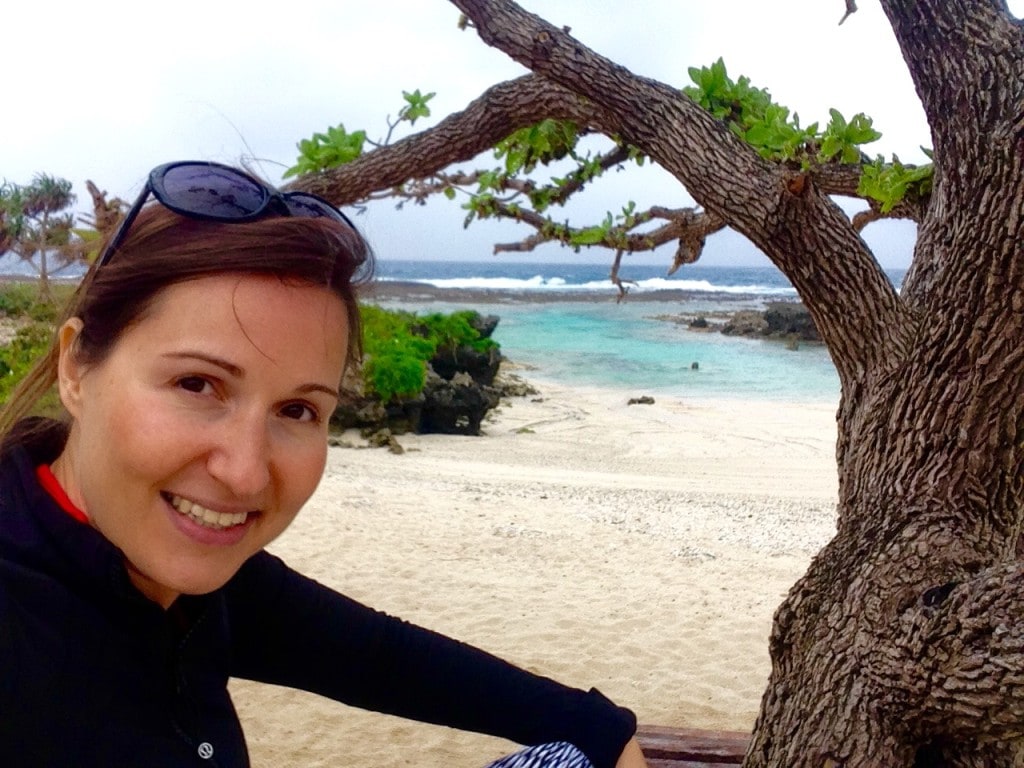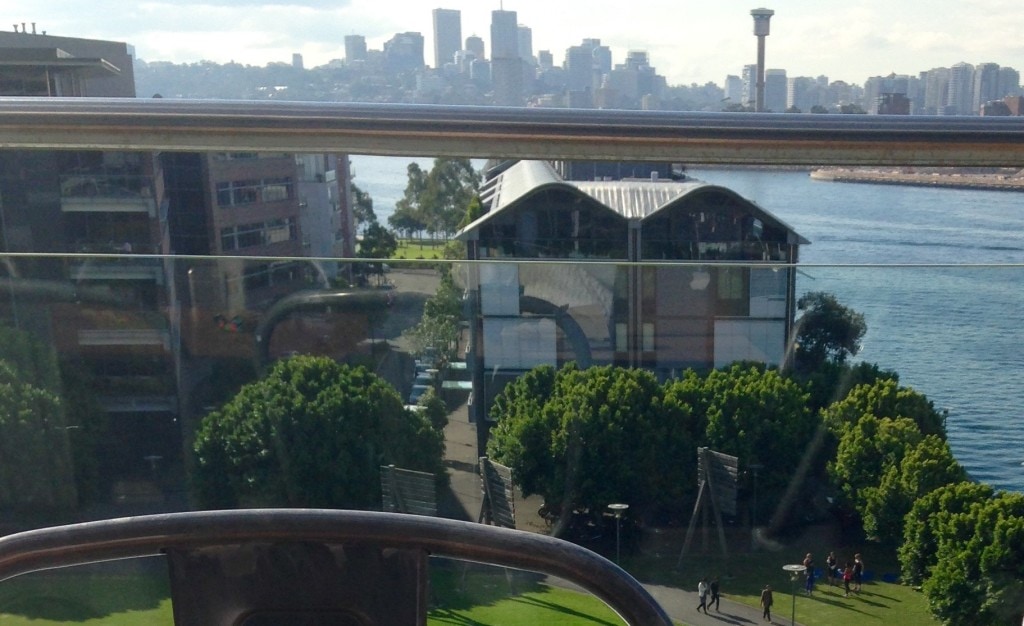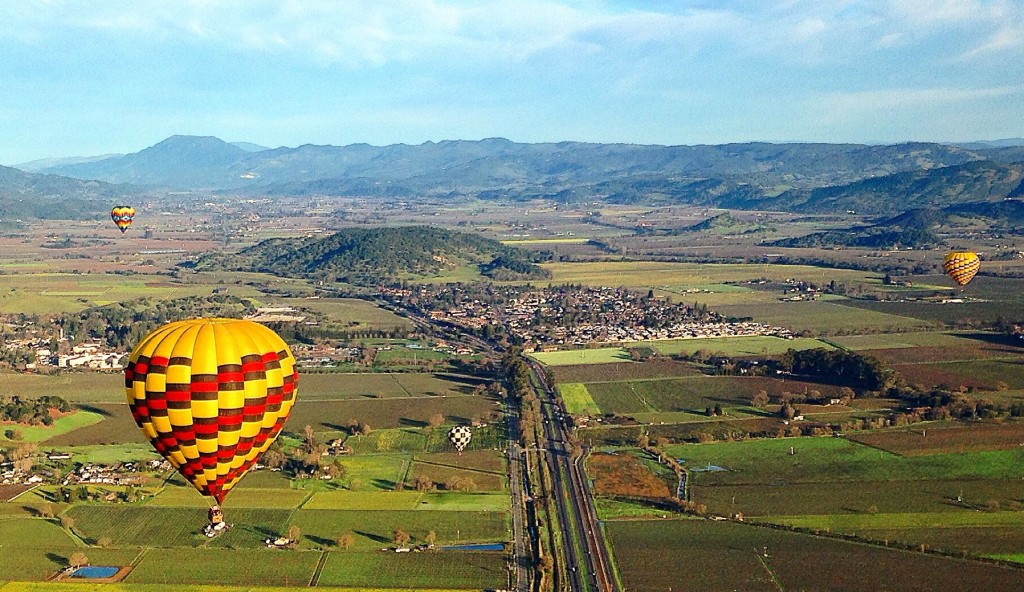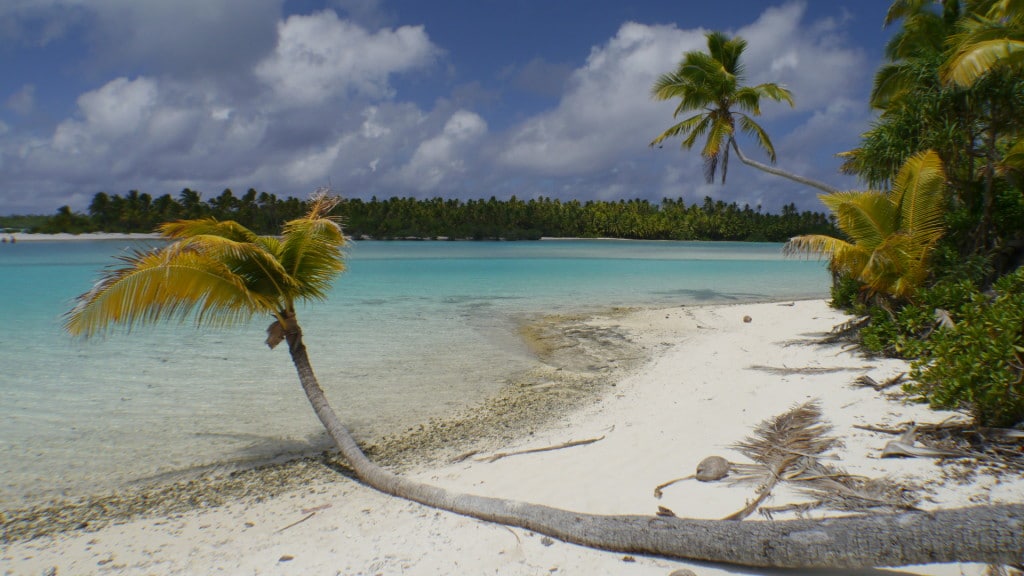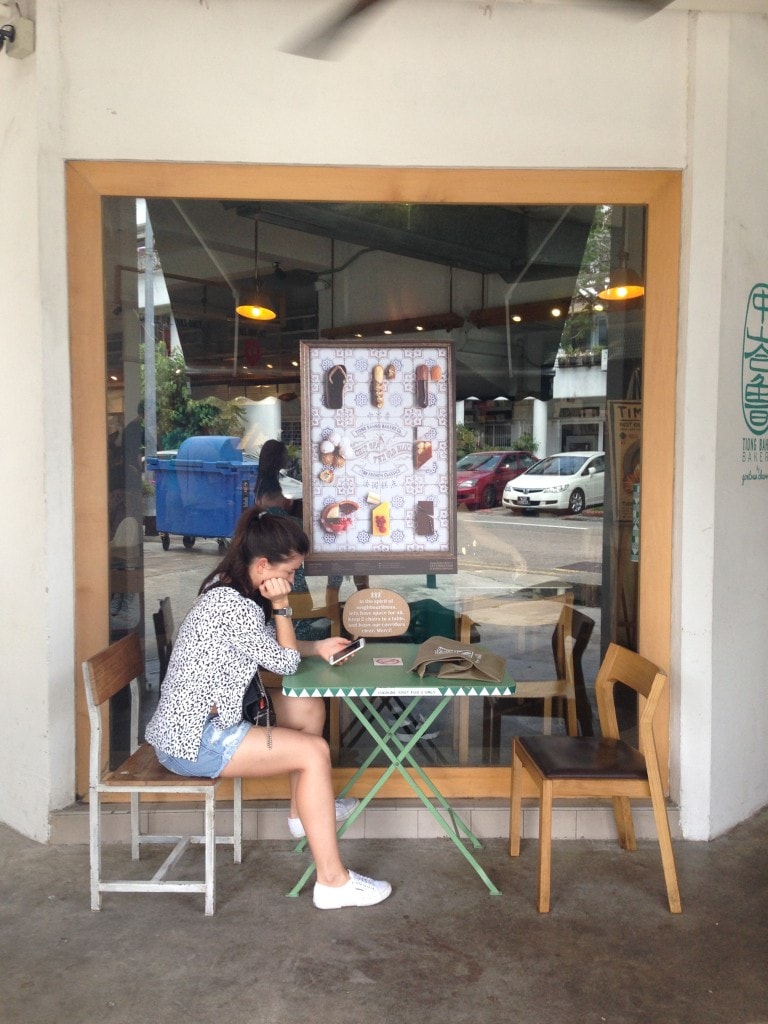The question that I invariably get asked the most is: How can you travel so much?
Those who follow my blog or my social media channels will know that I have a full time regular job, one which does not involve frequent travel, yet I still manage to travel between 30-50% of the year. How is that possible, you may ask?
The answer is very simple: I prioritize travel over everything else. That means, over friends, family, shopping, the gym and pretty much everything in my life. I am constantly thinking of ways to travel more, to make the most of every single public holiday and of every vacation day. And I leverage every opportunity to travel as much as I can. I will forgo sleep for an extra few hours at a destination and spend money others devote to going out or shopping to get to a destination faster, so I can have more time there.
In the past, I used to travel for work every week. That is, every Sunday or Monday I would fly out to my client’s location and return at the end of the week. Since October last year, my job is 100% based in Singapore and involves minimal travel so I am now like everybody else: with work obligations and with a job and a boss guiding my schedule.
The only advantage my job has is that it affords me some flexibility, flexibility which I use to the maximum and flexibility which I have often created myself. That means that you too, to certain extent, could take the tips below to travel more.
In order to travel more, we first need to establish a base-line for the maximum number of days you can travel. We will then look at ways to maximize the number of travel days. After that, we will look at way to increase the number of travel hours within those travel days and, lastly, we will look at how to make those hours count.
The travel “base-line”
Let’s start with the number of days anybody has to travel.
Even with a corporate full-time job, you could potentially travel on every public holiday, every vacation day and every weekend. In my case, living in Singapore, and having only seventeen days of personal vacation time, ten public holidays and the 52 weekends (so 104 days), I could travel for 131 days, that is 35% of the days in a year. And I do so. I am regularly away three out of every four weekends and I maximize every single public holiday by jetting off somewhere. This month, I will take two days of vacation, leverage two additional Public Holidays and two work trips to be on the road for seventeen days and four weekends out of the five.
As you may have guessed, traveling so much means that, more often than not, I travel by myself and I don’t let the fact that I can’t find a travel companion stopping me from going somewhere. I don’t think there are places that can’t be seen as a solo female traveler, except those that are off limits for everyone, such as Afghanistan, Iraq or Syria.
So, we got the base-line for the maximum number of days you can travel in a year, that is, 131 out of 365 days. Next, we need to look at ways to maximize the days of travel above and beyond those 131 days.
How to maximize number of travel days?
So you know that I got 131 days to travel, how do I then manage to travel for more days than those?
1. Work remotely
My company allows me to work from any other office in any country, within reasonable measure. I would fly off to a different location, sometimes on my way to a third one, and work from that office for a day or two, in order to maximize trips that can’t be done with a direct flight.
For example, I have just been to North Korea. Pyongyang can only be reached via Beijing so, instead of flying direct Pyongyang to Beijing and on to Singapore on the way back, trip which would make me waste an entire day due to bad connections, I chose to work from Beijing for two days, Thursday and Friday, so I flew to Beijing in the evening on Wednesday, worked from the Beijing office on Thursday and Friday and then flew to Chengdu on Friday night to see the pandas during the weekend. This way I visited two places on the same trip only taking a couple of days off. If I had done the Chengdu trip on its own, I would have probably had to take a day off attached to a weekend because two days only is a very tight schedule for such a long, six hour flight. However, from Beijing it is only two hours and I can fly overnight back to Singapore on Sunday night. I also save money on the visa as every time I go to China I have to process a visa that costs $100 and takes three days.
Another example would be my trip to Pakistan. Lahore can only be reached via Bangkok. Without the possibility of working remotely, I would have needed five days to spend three there and would have lost two in transit but, having an office in Bangkok meant that I could break the trip into two bits and enjoy three days with no time off (as the Friday was a public holiday). On the way there I flew to Bangkok in the evening of the Wednesday, spent Thursday working in the office and then flew to Lahore on Thursday evening. On the way back, the flight was overnight so I departed Lahore at 11pm, landed in Bangkok at 6am with enough time to get to the office for 9am, worked the whole day from the office and took a plane back to Singapore at 9pm. Work was not impacted but I could save two days of vacation making the trip well worth it.
The only downside? The time and effort it takes to organize such complex trips and the extra cost you may incur by breaking a flight out with a stop over both ways. I used miles for this at no extra cost.
Even if your work does not have offices everywhere, you might be able to negotiate work from home or the hotel from time to time. Earn your boss’s trust and just ask, you have nothing to lose. Often times, when we lay out our passions for others to feel, they are more compelled to help us pursue them.
2. Red-eye flights
This is a no brainer and possibly the most important time-maximizer. If a red-eye flight is available you bet I will be on it. If a place can be reached between the hours of 8pm and 10am the next day it is possible for a long weekend. This has always been my philosophy. When you think like that a world of opportunities opens up. For example, to get to Djibouti I had to fly via Dubai. The flights are 7h and 3h long with a stopover and a 4h time difference. Since I lived in Dubai I have plenty of friends there, including my best friend, so, when planning the trip, I was happy to have a few hours of stop over in the morning to meet some friends for breakfast. With the time difference, I flew to Dubai at 9pm Singapore time, landed at 1am, went to sleep for a few hours, met friends for breakfast and landed in Djibouti at lunch time.
Another example would be Perth. I have been to Perth twice this year, mostly to visit the Margaret River wine region, three hours south of Perth. There are a few flights a day between Singapore and Perth but, on the way back, there is a midnight Jetstar flight that gets me to Singapore at 5am. The flight is a mere five hours so I always land absolutely exhausted but I have a full day in Perth and, even after the three hours drive from Margaret River, I get to stay there until all places close at 5pm and still have dinner in Perth before flying back. And when I land in Singapore, thanks to Changi Airport amazing efficiency, I still have time to go home and have two hours rest in bed before getting up to go to work.
You will never seen me taking a day flight, less if it is to a destination that is far away or requires a stop over. The exception? Flying for work where overnight flights are taxing and get me to the destination exhausted for work meetings.
3. Take half days off
If your work allows it, half days off can be a great time optimizer.
In Southeast Asia, often times, places are very near but connections are in the middle of the day. While departing at 3pm is a wasted day in my mind, if you can take only half a day off you can use the other half a day to return in the early morning having full days and two additional evenings at the destination.
For example, when I went to Bagan I realized that flights were at 3pm departing from Singapore to Yangon, a forced stopover. On the way back, although there were evening flights, the connections from Bagan to Yangon were not good so I would have spent a whole day in transit and waiting around. However, there is an 8am flight to Singapore so if I booked it I could stay an additional day in Bagan and fly to Yangon in the evening. Using the two half days was a great way to make the most of my time there.
4. Shift working hours
I have a global role, that means that I often have calls outside of working hours. Most of the stakeholders I work with are in the US, where working hours are midnight to 8am in my time-zone. It would be helpful if I could work from 5am to 1pm instead of 8am to 5pm so, in the same example above, with the flight in the middle of the day, I could also start work really early and get my work done before taking off at 3pm effectively not using up any of my vacation days. Your boss may let you do the same, even if your job is not global and does not involve other regions, there might be cases where he or she does not care when you get your work done. The same applies to an early morning flight which lands you at the office at 2pm, you could then work until 10pm and not have to take time off.
If you get to travel for work, you can also apply this rule to go out sightseeing while still working. Traveling for work is not always a free ticket to sightseeing opportunities. Most places are closed at night so working 9-5 is not conducive to exploring a place. Last time I went to the US for work I took the Friday to go on a hot air balloon over Napa Valley. I got to work at 11am instead of 9am and nobody even noticed, but I was up at 4am to drive all the way from Mountain View to Napa. I simply worked until 7pm and got all of my work done anyway.
5. Take un-paid leave
This is obvious, but not always possible as some companies may not allow it but go ahead and ask, you never know. When I joined my current job I negotiated a week of un-paid leave for Christmas. It had little impact on work because the entire company goes off for two weeks so it was barely noticed and my pay did not suffer much. Un-paid leave is the hidden secret to extend your vacation time.
Apart from maximizing the days you can travel, the other important way to travel more is to make every hour in the day count.
How to make travel feel longer
So now you got from 131 days to maybe 150 days but the travel wish list is still bottomless and you can’t sit still for too long. What about looking for ways to make the time off count more?
1. Think strategically
I could take my seventeen days of vacation and use them all at once but that would give me only three and a half weeks off. Instead, I spread them out into smaller bites, usually together with public holidays, so that I have a total of seven weeks off instead, that is twice as much. Taking longer trips will open up the options for trips that can’t be done in short trips but at the same time, if you take 10 days off in two consecutive weeks, you get fourteen days off. However, if you split the two weeks into two chunks of five days, you can have eighteen days instead.
For example, for Chinese New Year, when we already get two days off, I added three more to have an entire week off. This allowed me to go on a week-long holiday while only using three days from my allowance. It seems obvious but I always see plenty of my friends taking two consecutive weeks off instead of splitting them out. The down side? Two weeks feel like a real disconnection whereas one week may be too short. Hedge your bets.
2. Travel for work
During the times when I was a consultant I was traveling over 70% of the time, in fact, there were months when I would be home for three or four days only coming to drop dirty clothes off and packing up new ones. My work took me places every week. I was on the road almost constantly and I made the most of it.
I would get up early in Nairobi and go to the National Park for a safari before heading to work at 9am. I got to travel to the world’s most isolated and hard to visit places like Nigeria and Sudan. Sadly, we worked really long hours, with regular late nights and weekends in front of Power Points, but I made the most of every single free minute going for walks at night in the city, having dinner at a restaurant whenever we could, visiting Museums or other sights out of working hours and generally always asking about local life, the country’s psyche and the traditions. Room service was the last resource, not the default, and I was constantly looking out for opportunities to interact with the destination. This is how my travel passion started. If your job allows for travel, then that is the most valuable and easiest way to extend the quality of the travels you do.
There are plenty of jobs where this is possible. Working for an international company usually provides more opportunities for travel but professional services jobs based in hub cities are usually favorable to lots of travel. If you are a lawyer or consultant based in Dubai or Singapore chances are your job involves regional travel. If you work for a company headquartered in another country you may get to visit the central hub. You may also be able to justify the need for a course, a face-to-face meeting or a training in another city or be invited to off-sites or team events out of town. Although my job does not inherently require travel and we are technologically advanced to be able to collaborate online, nothing beats a face-to-face discussion, so I am often able to justify the need for travel. This year I have been to California, Thailand, India and Sydney for work and will probably have to go back to California and make a trip to New York later in the year.
Lastly, there are roles for which travel is part of the job description. And they are not necessarily all the usual ones, think out of the box. For example, the army, NGOs or large international organizations like the Red Cross or the UN or the Peace Corps in the US all require you to travel and live abroad. Working in a cruise ship, being a sailor, a tour guide, a travel writer, a model, a pilot or stewardess, are all jobs where travel is an important part of the role. For those who have their feet grounded and only want to do occasional travel, nomadic jobs are their worst nightmare, for a born traveler they are dreams come true. If you are really into travel, one of these jobs is a must to truly turn your full-time corporate job into a source of (financed) travel opportunities.
3. Take days in lieu
A good way to make the most of the long weekends is to add a couple of days to make a while week. However, if the public holiday is only a day you may add another one but most likely you will just take an extended weekend. After living in a place like Singapore for a while, you soon run out of weekend options. Additionally, rain is pervasive across Southeast Asia for most of the summer months making the countries a sub-optimal travel destination: nobody wants to be stuck in the mud or indoors in a beautiful island.
The solution? Move your public holidays to a more favorable time of the year.
For example, this year, Singapore’s public holidays fell mostly between June and September, a time of the year when Southeast Asia is covered with thick clouds and rain except for Indonesia and Malaysia, countries which I have visited numerous times. So I suggested to take some of the public holidays at another time which is more convenient for me and for the company. Since I am in Singapore but most of the people I work with are in the US, taking a Hari Raya (end of Ramadan) holiday when the US is working while being at work for Thanksgiving is inefficient. So I suggested to take Hari Raya in November, for Thanksgiving.
If you work with a team that does not share your same public holidays or for clients who are in different countries, this is easily justified. And don’t forget that taking time off when nobody is helps save money too. Public holiday weekends are expensive travel times.
So now we know how to travel for longer and how to make the most of the time on the road. What is left? I always thought it is important to make the most of the hours you are at a destination.
How to maximize the value of travel
Aside from maximizing the potential number of travel-worthy days and making the most of these days, the third most important consideration to travel more is to maximize the value of travel.
1. Private transport
I never take public transportation, not because it is below me or because I am snobbish, I am pretty happy in a bus and I have taken plenty in my life, but public transport’s more affordable rates are usually at the expense of time. And in travel, time is money more than in any other part of life.
But let me caveat that this may not always be the case and, sometimes, it may actually be the opposite. For example, an overnight train or bus to Kuala Lumpur takes the entire evening but you leave late and arrive early in KL and travel from downtown to downtown. If you were to fly you would probably waste either the early morning or the late evening and not win much in terms of time. In general though, flying takes you places faster than trains and private cars will be faster than buses.
When time is precious you may want to consider private charters instead of public transport. For example, when I organized the trip to trek with the gorillas in Uganda I realized that we had two options to reach Bwindi’s Impenetrable Forest: we could drive for an entire day through Africa’s most potholes roads, or charter our two-seater to go door to door, in two hours. The price was orders the magnitude more expensive, but we cut our travel time by two days and our bodies appreciated it too. Plus we got amazing views over the Ugandan jungle. An extreme case would be Everest Base Camp. I would love to, one day, have the time to plan a trek to base Camp but, for now, the two weeks required are my entire annual leave. When I was in Kathmandu, we discovered that we could hire an helicopter for the morning and land on Base Camp. So, for the thrill and for the incredible experience, we went ahead. The cost, you could argue was lower than a two week trek, but still very expensive yet absolutely breathtaking. This is a tip that may not apply to everyone but worth bearing in mind conceptually.
2. Sacrifice sleep
Much like with the long haul red-eye flying, I also regularly use nights to get places. If we could have driven to Bwindi at night, I would have considered it, but it was not safe and we were strongly advised against it. I have, however, woken up at the crack of dawn or even in the middle of the night to get places sooner. Sleeping is overrated, as they say, and I will have plenty of time for that when I get old!
Aside from using nights to get places, I also minimize sleeping time in general when I travel. I get up to see the sunrise and I may go to bed really early if there is nothing to do at nights so that I can make the most of the day. I rarely linger in bed, even when I am at home, so I can make the most of every day. That means that when I come back, I need a holiday to recover from the holiday! I find that the excitement of being somewhere new makes me run on adrenaline and I need much less sleep. Crazy, I know, but true!
3. Become a nomad
By far the best way to discover a place is by living in it. My studies and my professional career has given me the opportunity to live in six countries: Honduras, Montreal, London, Dubai, South Africa and Singapore, aside from my native Barcelona. I know these cities from a different angle than those who just visited.
Additionally, my job has taken me places for extended periods of time. I have worked, for at least two months, in over 25 countries across Middle East, Africa and Asia. This gave me additional insights into the culture, the people and the sights. I got to meet, work and discuss day to day issues with the locals giving me a new perspective that a traveler will hardly get.
Working for an international company also means more mobility opportunities. I could ask for a transfer to any of the company’s hubs or offices and immerse myself in a new culture. If you are looking for a similar experience, there are skill sets and experiences that are more transferable than others. Make a plan, nothing is impossible.
Have you got any other tips to add? Leave them in the comments field!
- Check if you need a visa, get help processing it at iVisa.
- Never ever leave without travel insurance. Get affordable coverage from World Nomads or long term insurance from Safety Wing.
- I find all of my flights on KAYAK. Check their Deals section too.
- Search for all your transportation between destinations on the trusted travel booking platform Bookaway.
- I book all my day trips and tours via GetYourGuide, they are the best and their tours are refundable up to 24h in advance.
- Get USD35 off your first booking with Airbnb.
- Compare hotels EVERYWHERE at HotelsCombined and book with Booking.com.
- Compare car rental prices at Rentalcars.com

